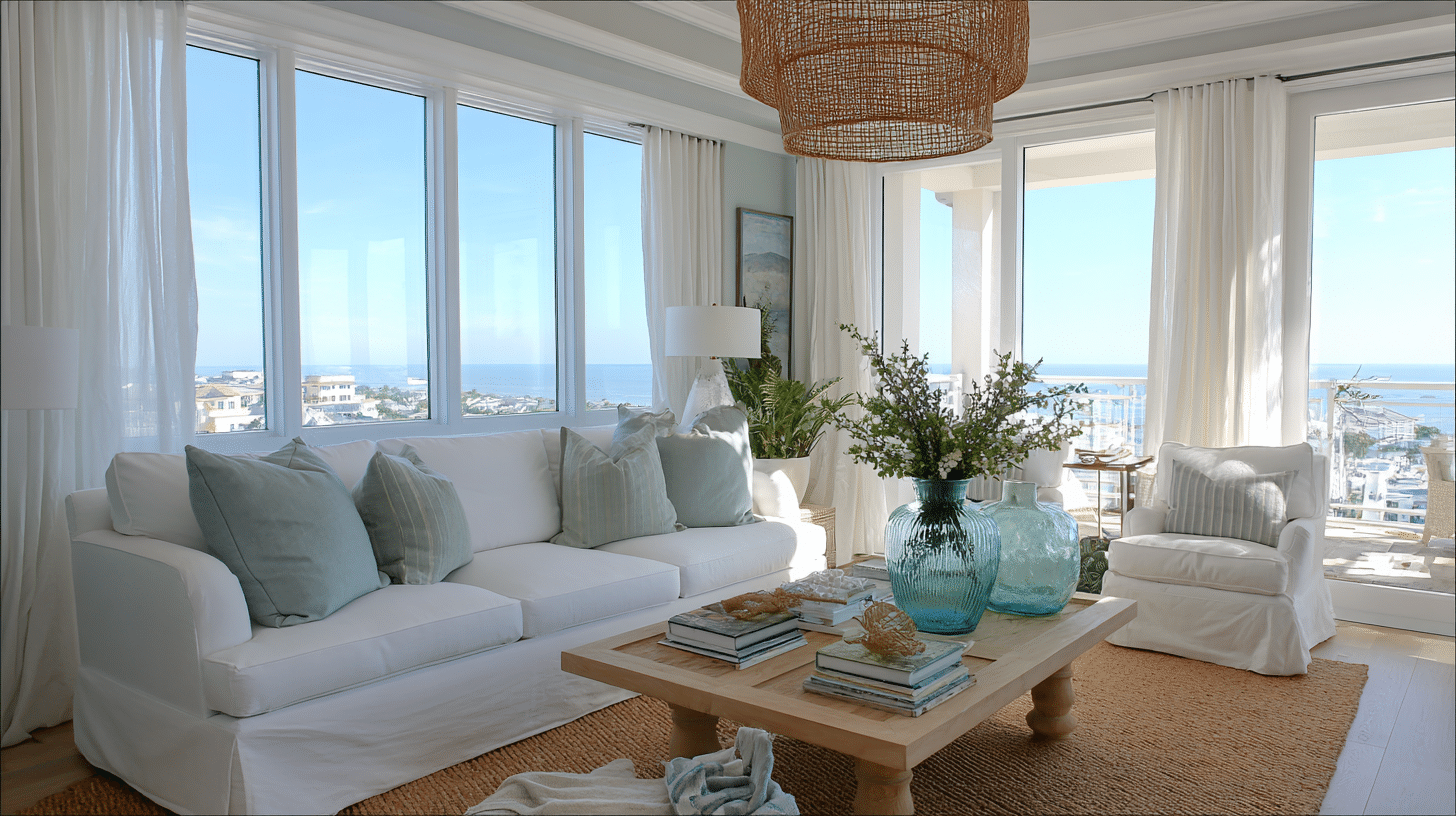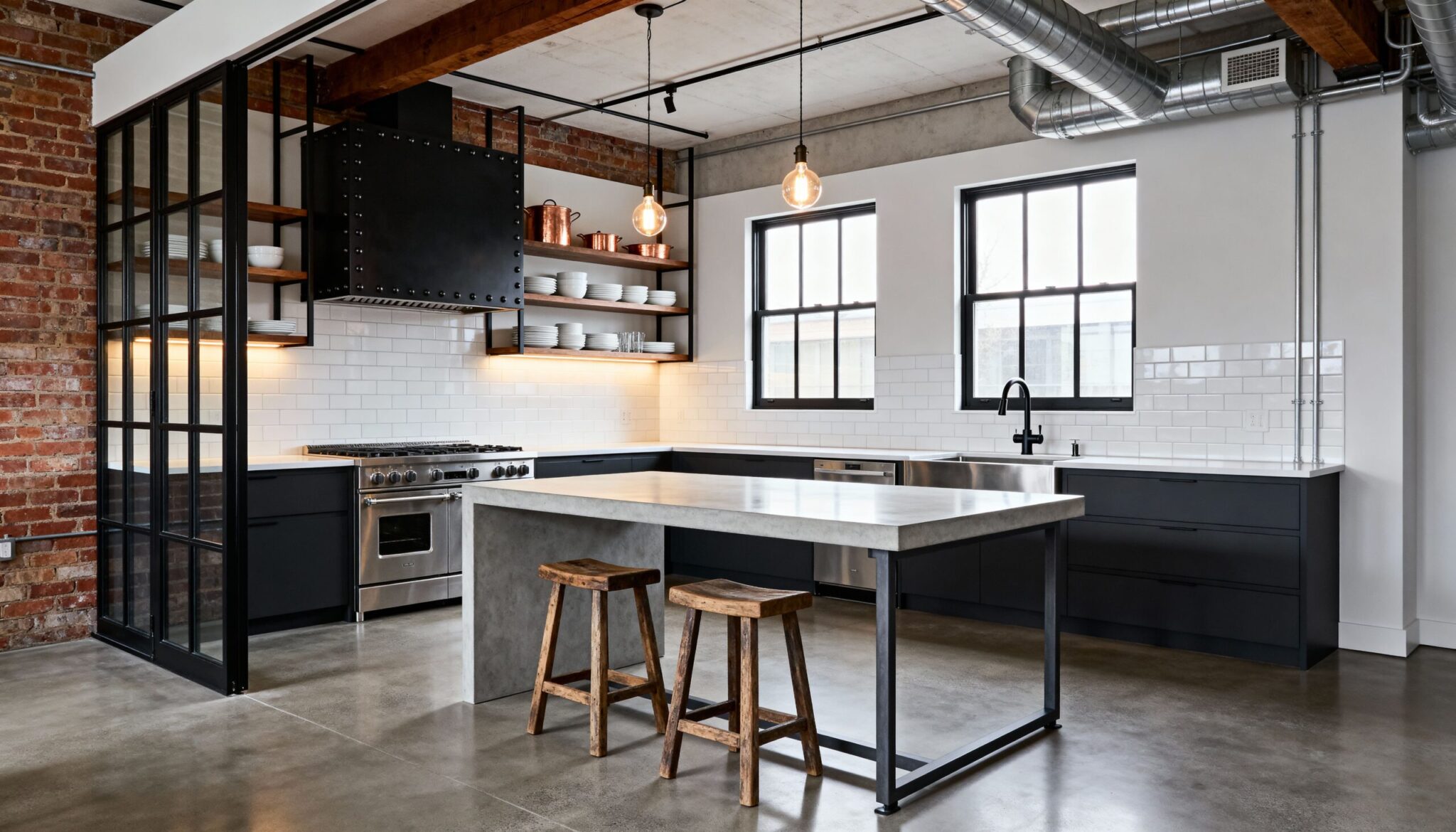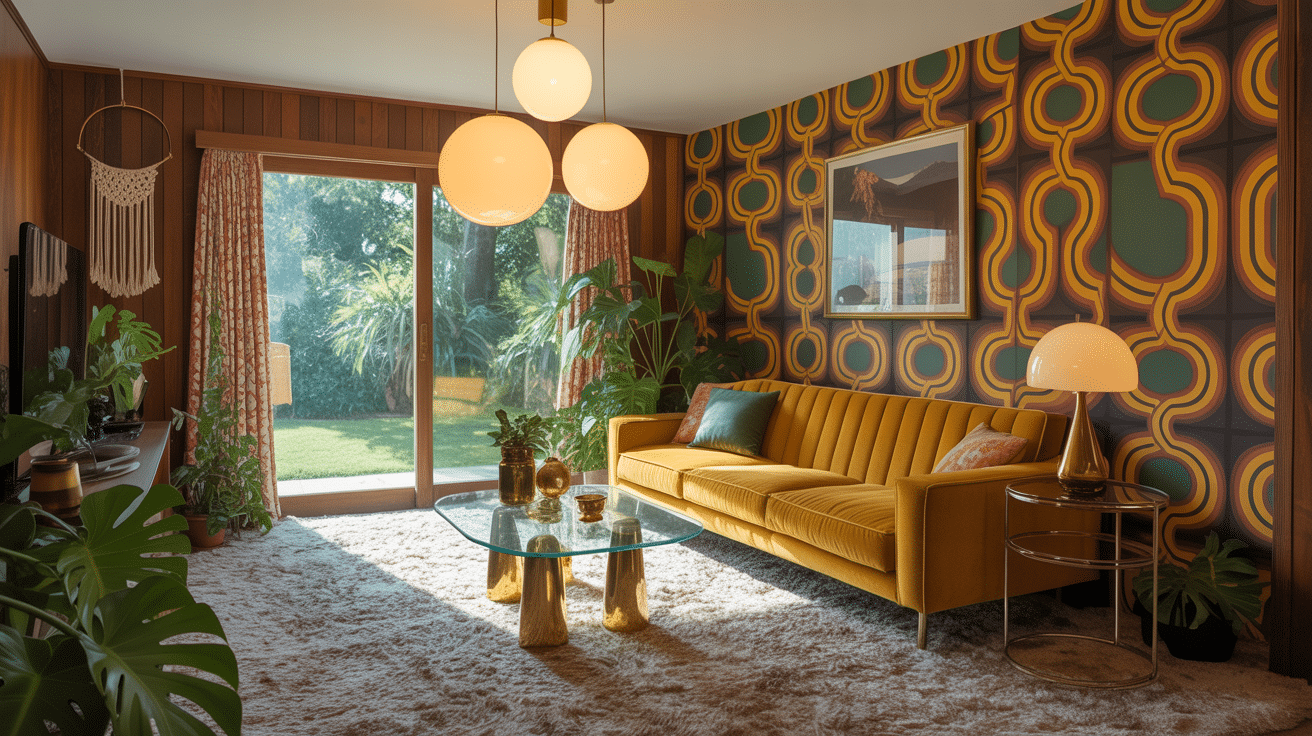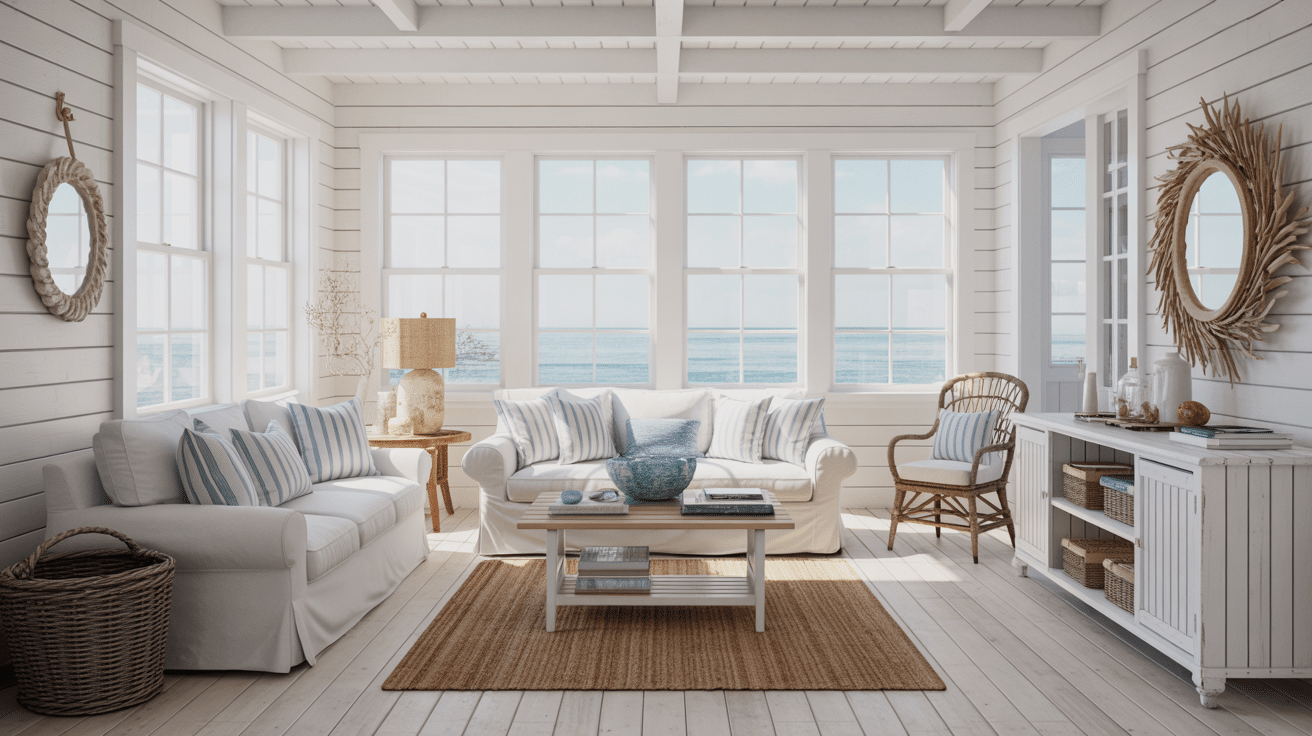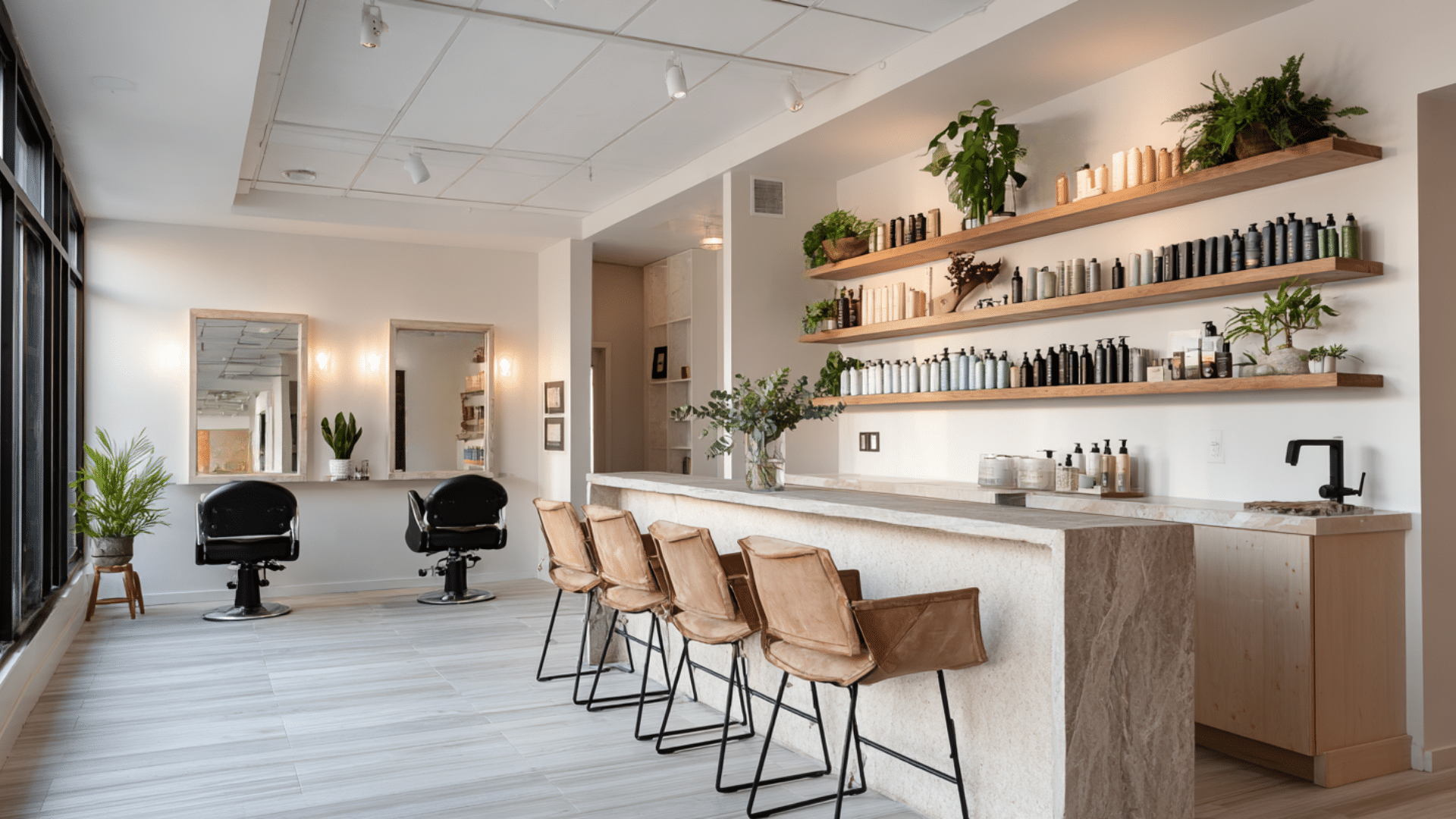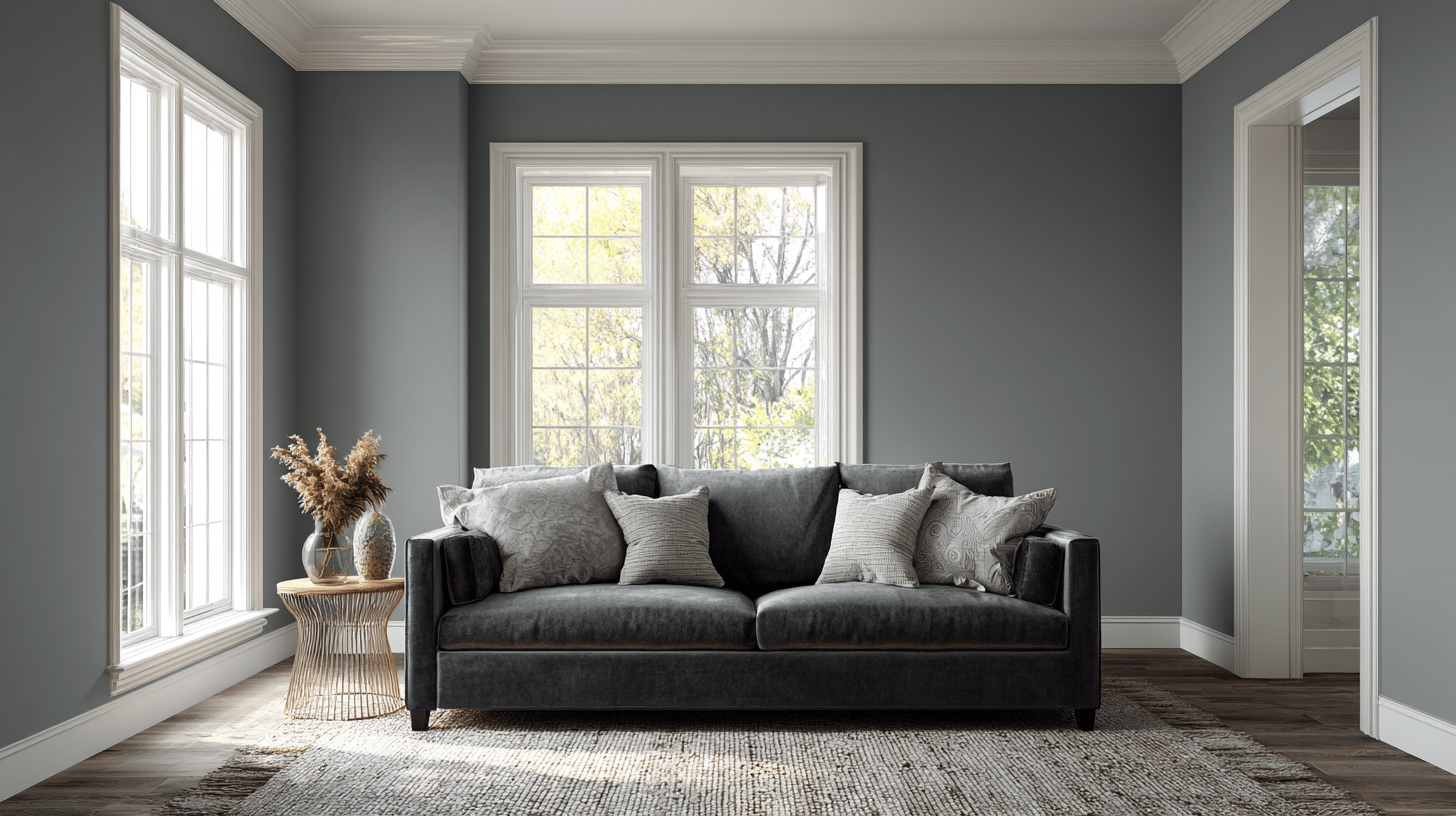Clean lines, functional furniture, and spaces that feel both modern and effortless. Does this sound like your dream home?
Bauhaus interior design revolutionized how we perceive our living spaces. It’s about creating homes that work better for real life, not just looks.
You’ll learn how to bring this influential design movement into your own space. From choosing the right furniture to selecting the perfect design.
You will learn how to get a sleek, organized look. Your home can seamlessly blend form and function. Let’s see how Bauhaus principles can turn your interior into something both stylish and supremely livable.
The History
Bauhaus design started in 1919 when Walter Gropius founded the Bauhaus school in Germany.
The name means “construction house,” and that tells you everything about this movement’s goals.
Gropius aimed to integrate art, craft, and industry into a unified approach. This was more typical of an art school.
Teachers and students collaborated to create furniture, buildings, and daily items that combined beauty with practicality. They believed good design should be available to everyone, not just the wealthy.
The Bauhaus lasted until 1933, but its influence spread worldwide.
Today, when you see clean lines, minimal decoration, and furniture that focuses on function, you’re seeing Bauhaus principles at work.
Famous Figures of the Bauhaus Movement:
Three key people shaped Bauhaus design forever.
Walter Gropius founded the school and established its core philosophy of combining art with practical function.
Ludwig Mies van der Rohe popularized the phrase “less is more,” and his furniture designs remain well-liked. today.
Marcel Breuer designed the Wassily chair with steel tubing, a common sight in modern offices and homes.
These men didn’t just teach design; they lived it and showed the world how powerful simple, functional beauty could be.
What is the Bauhaus Concept of Design?
The Bauhaus concept centers on one simple idea: form follows function. This means that every design element should serve a purpose while also being visually appealing.
- Function Over Decoration: Every piece should work well first. Beauty comes from how well something does its job, not from added ornaments or fancy details.
- Simple Geometric Forms: Circles, squares, and triangles form the foundation of geometric shapes. These basic shapes create clean, effortless designs that never go out of style.
- Mass Production Focus: Designs should be easy to manufacture for everyone. Good design isn’t just for the wealthy – it should reach ordinary people too.
- Honest Materials: Show materials as they really are. Don’t hide steel, wood, or glass behind fake finishes. Let their natural beauty shine through instead.
- Minimal Color Palette: Stick to black, white, and primary colors. Too many colors create chaos. A limited palette brings calm and visual harmony to spaces.
- Integration of Arts and Crafts: Combine artistic vision with practical skills. Artists, craftspeople, and engineers should collaborate to create more effective solutions for living.
- Universal Design Language: Create designs that work everywhere. Good design transcends cultural boundaries and speaks to people regardless of their background or location.
Materials in Bauhaus Interior Design
Bauhaus furniture changed everything. It proved that simple could be striking and functional could be beautiful.
| Material/Element | Characteristics | Purpose |
|---|---|---|
| Steel Tubing | Chrome-plated, bent into curves | Creates lightweight, strong chair frames |
| Leather | Black or brown, minimal stitching | Provides durable, easy-to-clean seating |
| Glass | Clear, thick panels | Makes tables appear to float |
| Plywood | Bent into organic shapes | Forms comfortable, affordable seating |
| Primary Colors | Red, blue, and yellow accents | Adds visual interest without clutter |
| Geometric Forms | Rectangles, circles, straight lines | Creates effortless, universal appeal |
| Modular Design | Pieces fit together multiple ways | Allows flexible room arrangements |
Famous Bauhaus Buildings and Designs
These iconic Bauhaus creations demonstrate how revolutionary ideas have become effortless classics.
Each piece teaches us something about combining function and beauty.
1. Wassily Chair by Marcel Breuer
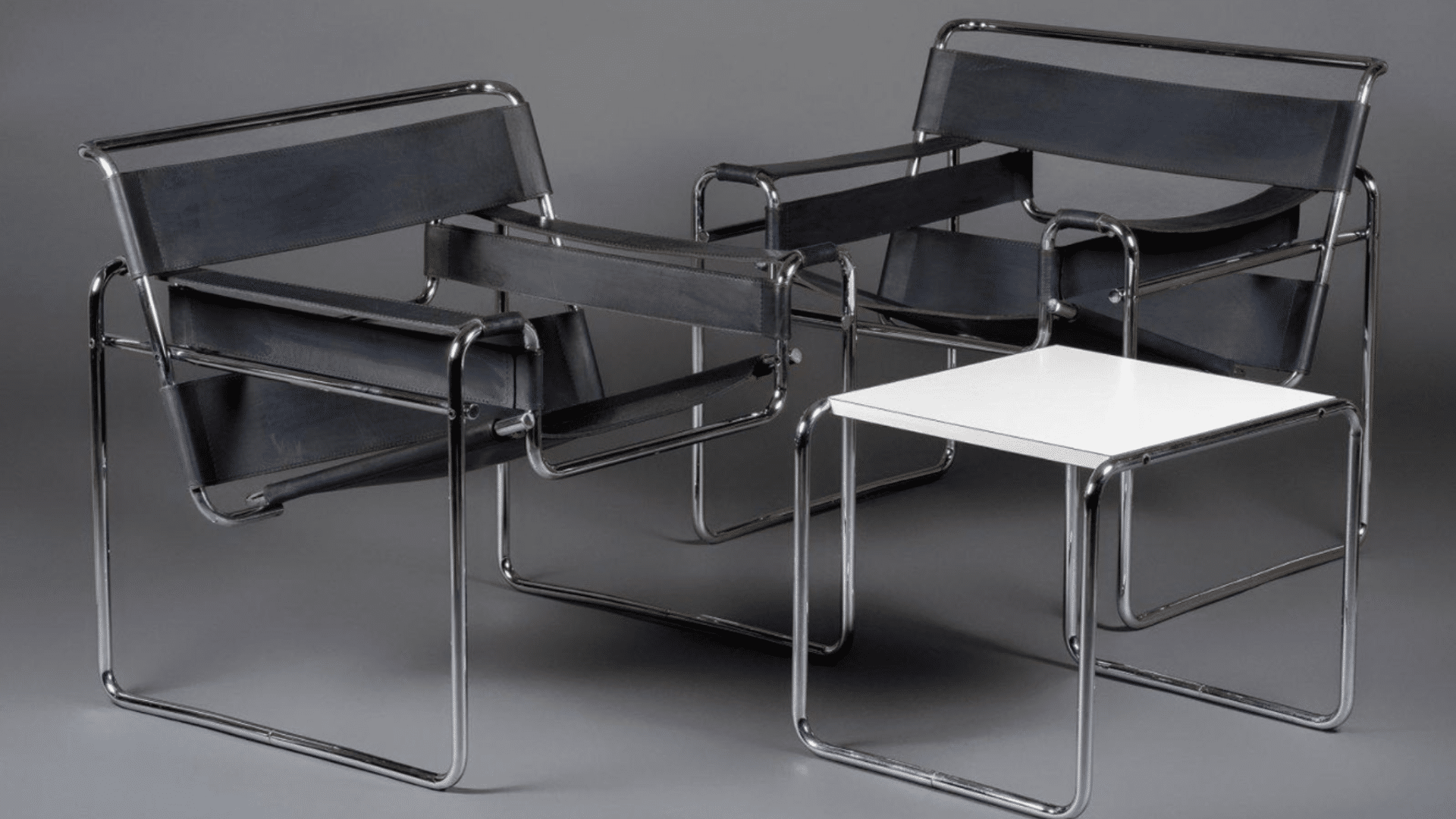
This chrome steel tube chair revolutionized seating in 1925. Breuer used bicycle manufacturing techniques to create furniture that was both comfortable and visually striking.
The cantilever design eliminated back legs, making rooms feel more spacious and modern.
Modern Integration Tip: Use as accent chairs in living rooms or offices.
2. Villa Savoye by Le Corbusier
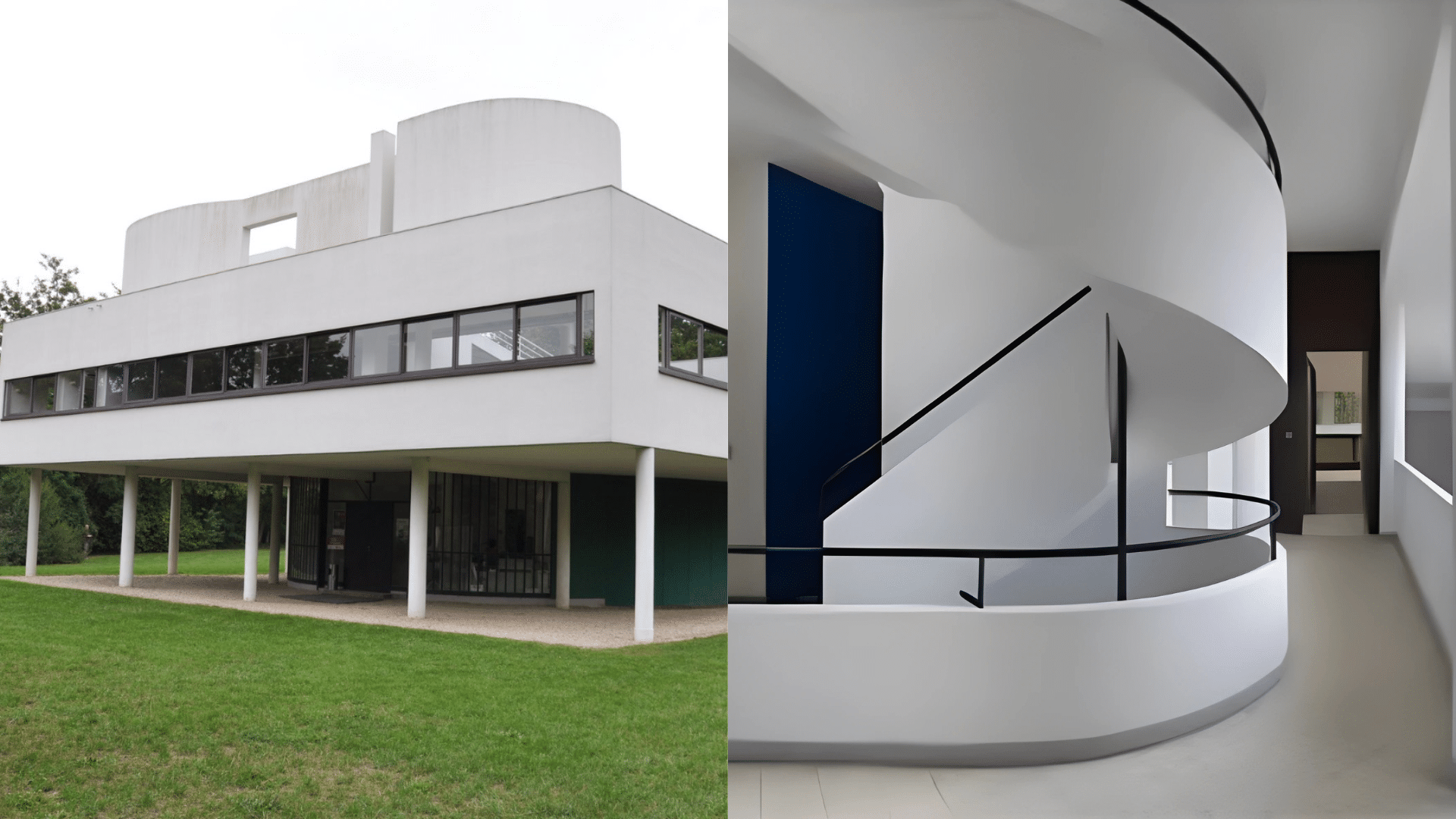
Built in 1931, this house has pillar supports and ribbon windows on its white walls. The open floor plan and rooftop garden demonstrate how homes can connect with nature while remaining modern and functional.
Modern Integration Tip: Install horizontal strip windows and open floor plans today.
3. Bauhaus Building in Dessau
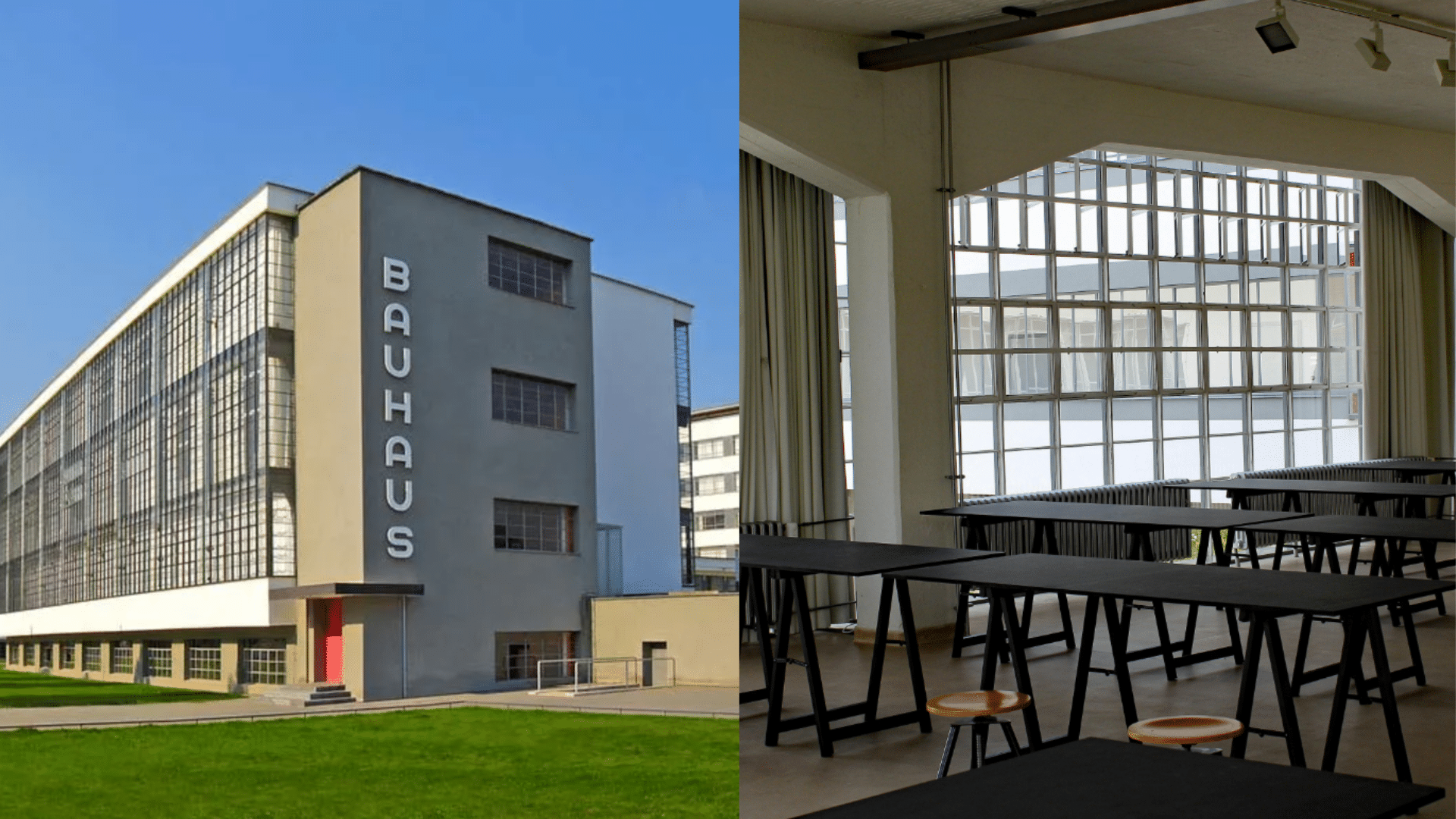
Walter Gropius designed this glass and steel campus building, which served as a teaching tool, demonstrating how modern materials can create bright and flexible learning spaces.
Modern Integration Tip: Utilize glass walls to separate rooms while maintaining an open feel.
4. Barcelona Chair by Mies van der Rohe
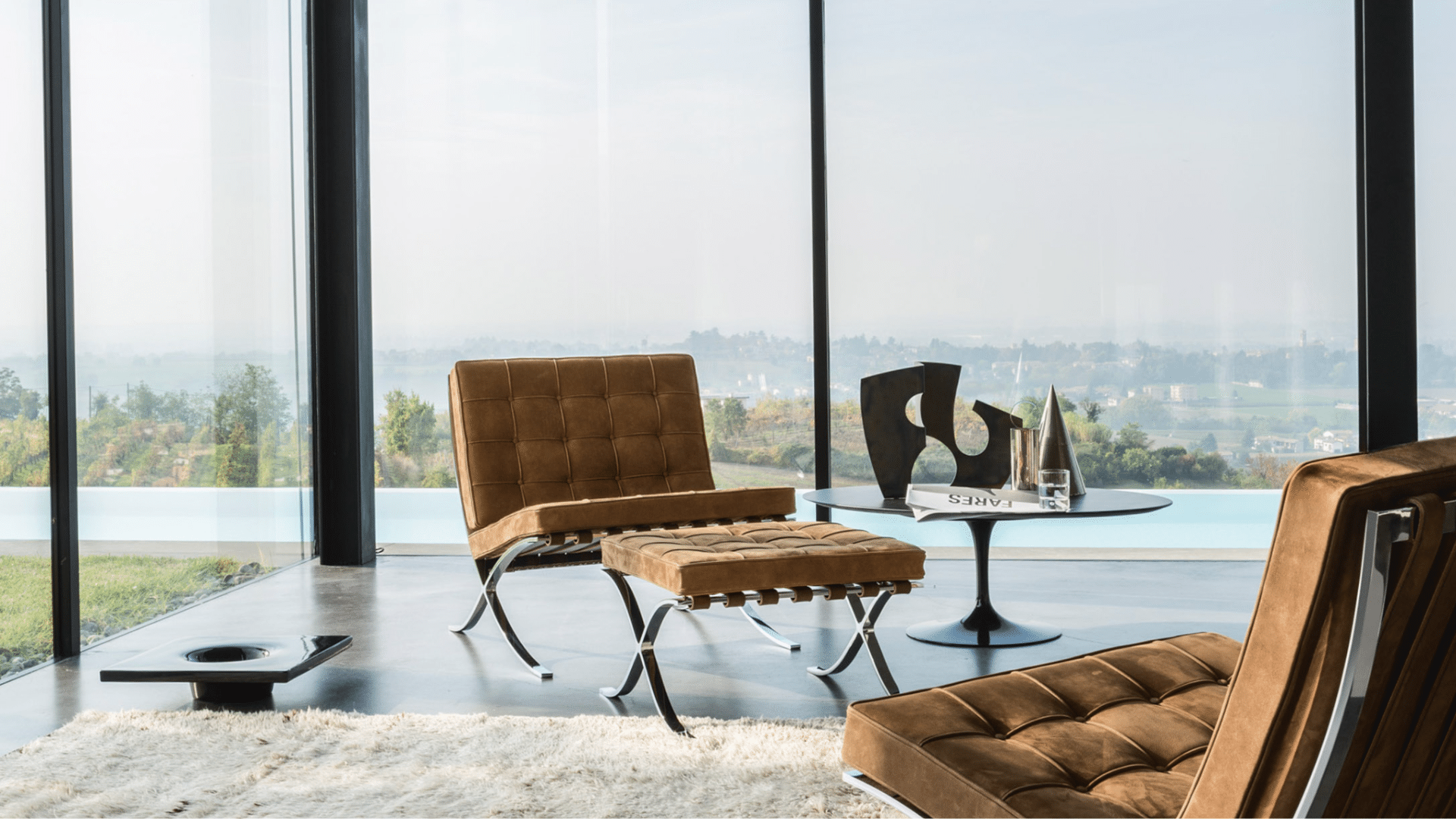
Created for the 1929 World’s Fair, this leather and steel chair became an instant icon.
Its X-shaped frame and button-tufted cushions prove that simple geometry can create luxurious, comfortable seating that never goes out of style.
Modern Integration Tip: Place as a statement piece in entryways or living rooms.
5. Fagus Factory by Walter Gropius

This 1911 factory was characterized by glass curtain walls and minimal structural ornamentation. Gropius showed that industrial buildings could be beautiful.
Inspiring generations of office and residential designs that prioritize natural light and clean lines.
Modern Integration Tip: Maximize windows and minimize decorative elements in home design.
6. Bauhaus Masters’ Houses by Walter Gropius
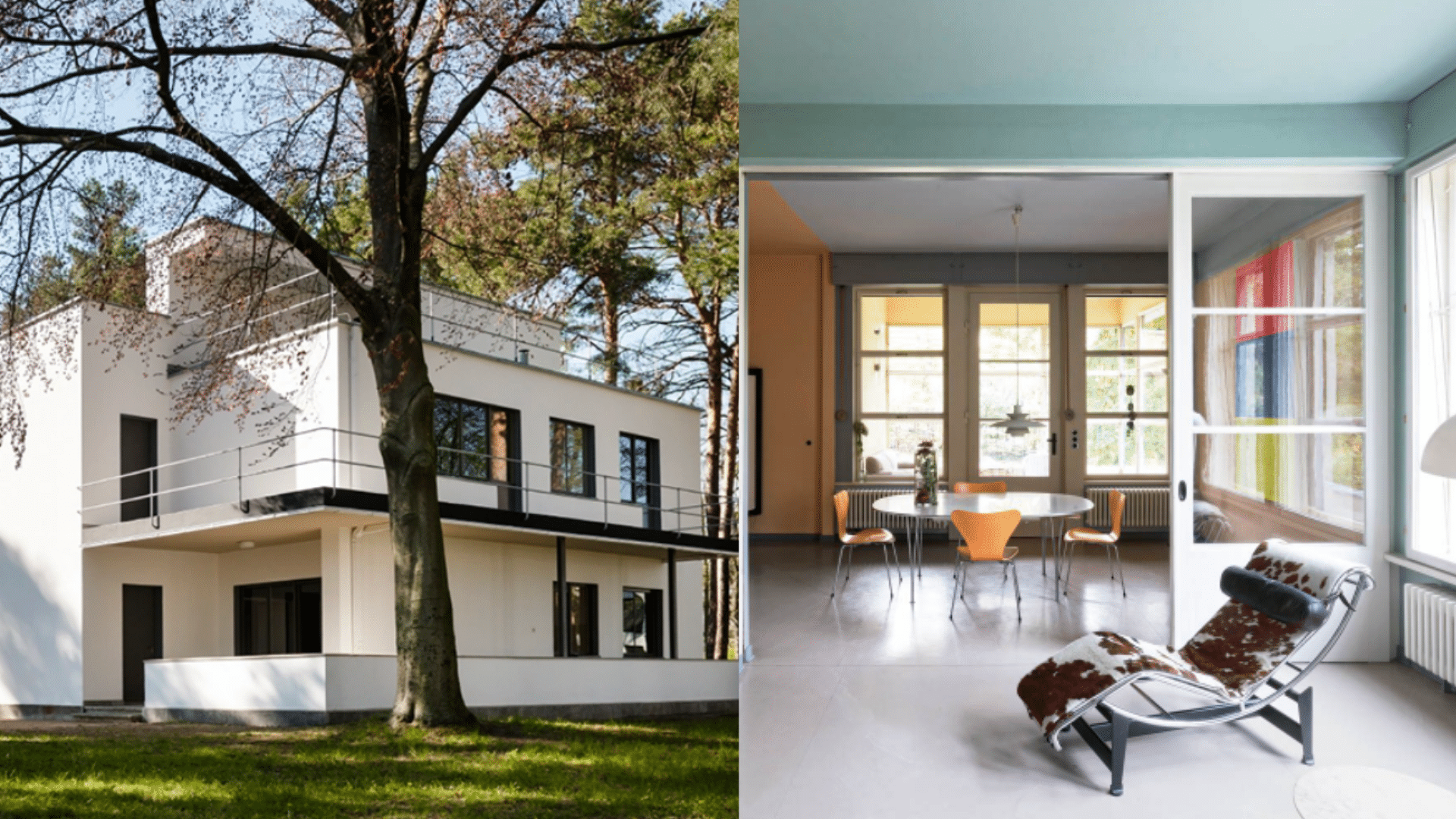
Built in 1925-26 in Dessau, these homes housed faculty members of the Bauhaus. Gropius designed them with flat roofs, large windows, and white cubic forms.
Each house featured flexible interior layouts and built-in furniture, showing how modern families could live in spaces designed for efficiency and comfort.
Modern Integration Tip: Use built-in storage and flexible room layouts effectively.
7. Red Blue Chair by Gerrit Rietveld
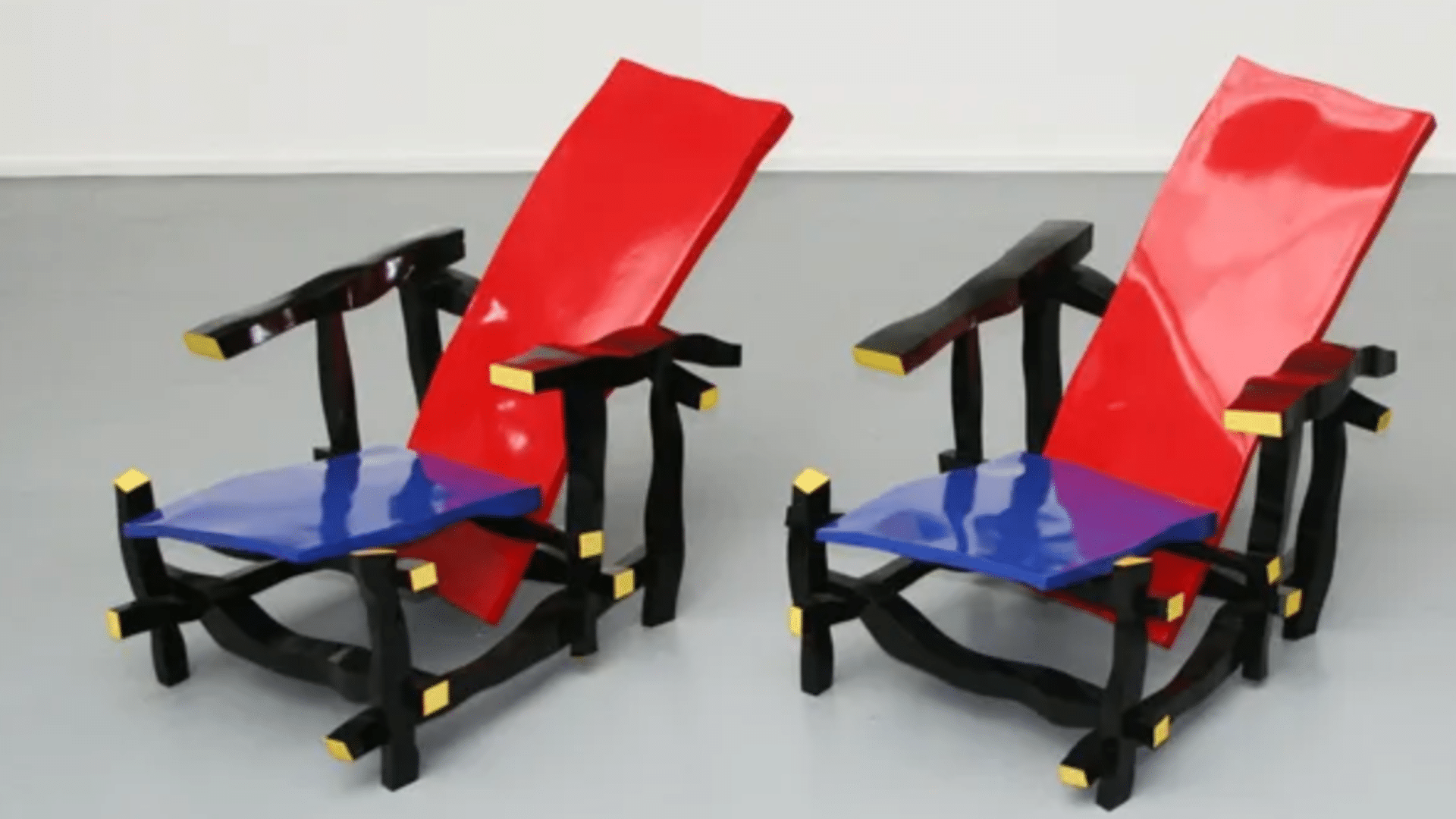
This 1918 chair used primary colors and basic wooden boards to create something completely new.
The blue seat, red back, black frame, and yellow accents demonstrated how bold color choices could turn a simple construction into a work of art.
Modern Integration Tip: Add primary color accents to neutral furniture pieces occasionally.
Challenges and Criticisms of Bauhaus Style
Even the most innovative design movements face real-world challenges.
Bauhaus interior design may not be perfect for everyone or every situation.
- Limited warmth and comfort in living spaces
- High costs for quality materials and craftsmanship
- Cold, sterile feeling in residential home settings
- Difficult to personalize with individual character touches
- Not suitable for traditional or historical building styles
Influence of Bauhaus on Modern Interiors
Walk into any modern home, and you’ll see the influence of Bauhaus everywhere, with open floor plans, built-in storage, and multifunctional furniture stemming from Bauhaus ideas.
IKEA’s flat-pack furniture adheres to the Bauhaus principles of affordable and functional design. Minimalist kitchens with clean cabinets and hidden appliances. That’s Bauhaus, too.
Even smartphones and laptops use the “form follows function” approach.
This movement didn’t just change how we design, but it changed how we live, work, and think about the objects around us every single day.
Conclusion
Bauhaus interior design proves that the best ideas never really go away. From Walter Gropius’s first school to today’s modern homes, this movement continues to shape how we live.
You don’t have to purchase costly designer items to incorporate Bauhaus into your space. Start small by choosing functional furniture, neutral colors, and maximizing natural light.
The beauty of Bauhaus lies in its honesty. No fake finishes or unnecessary decorations, only functional and attractive elements.







